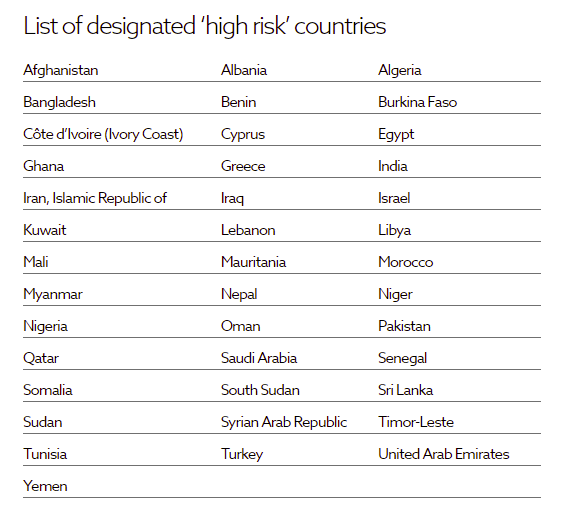Effective from 12 July 2021, Australia has introduced new fumigation requirements for containers coming from a total of 40 high-risk countries, in a bid to tackle Khapra beetle infestation.
The Khapra Beetle has been identified by Australia as a major biosecurity risk. It feeds on grains and other dry foodstuffs, causing damage to the production while also infesting goods with larval skins and hairs that are difficult to remove.
According to data provided by the North P&I Club, containers from 40 designated countries, as listed by the Department for Agriculture, Water and Environment (DAWE), must undergo treatment to prevent the migration of this invasive species – using methyl bromide, heat treatment or pesticides. A certificate confirming treatment must be issued before leaving the port of export.

[smlsubform prepend=”GET THE SAFETY4SEA IN YOUR INBOX!” showname=false emailtxt=”” emailholder=”Enter your email address” showsubmit=true submittxt=”Submit” jsthanks=false thankyou=”Thank you for subscribing to our mailing list”]
Containers that have undergone fumigation are subject to the IMO IMDG Code and are required to be classified as UN3359 (Class 9) regardless of the original cargo characteristics (unless those were IMDG cargo in which case the normal classification applies, with the fumigation in addition). However, according to Rob van Uffelen from cargo experts de Haas van Oosterhout, as cited by North Club:
- Class 9 placards are not required but instead, a fumigation mark on the door(s) must be applied.
- A document (sometimes a dangerous good declaration is used but not mandatory) with details of the fumigant must be submitted to the master.
- Heat treatment normally does not apply to cargo but is usually used for wooden pallets and wooden lashing poles etc. If heat treatment is the only action taken, due to the type of cargo, it would not be declared as UN3359.
- A certificate proving the wooden materials are heat treated is required.
- Methyl Bromide is an ozone-depleting substance and is prohibited in many countries.































































